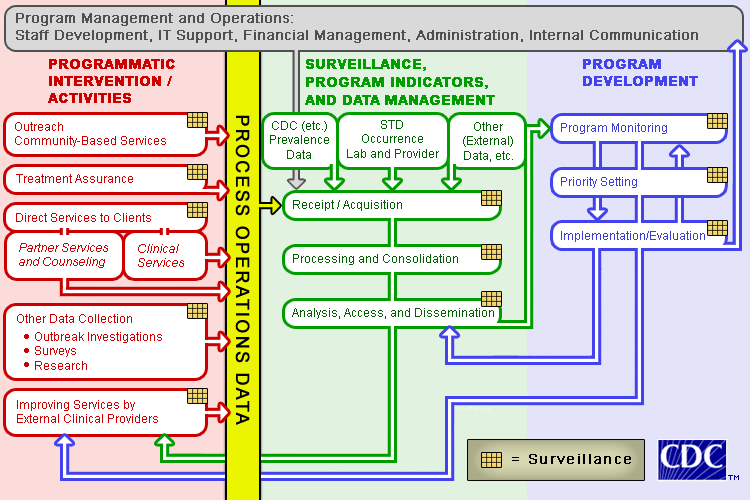

They must decide whether it warrants the deployment of a response unit, referral to a crime recording bureau, or if it should be recorded as an incident requiring no further action (NFA).įor further information see Quality assurance. The call handler, at the point of initial report, determines the response to a crime. This process can be enhanced by the use of scripts, drop-down menus and other prompts which may assist call handlers to deal with initial reports of a crime (see also material). Initial telephone contact between victims and witnesses with the police service should be regarded as the start of the investigative process. The call is an opportunity to obtain accurate and relevant information, collect evidence, ascertain if a crime has occurred and give reassurance and guidance to the caller, for example, about the preservation of forensic evidence. They are often generated as a result of the tasking and coordination (T&C) process, and allocated for further investigation. Proactive investigations can start from an intelligence package identifying groups or individuals who are assessed as being involved in ongoing criminal activity. Investigators should be familiar with the investigative strategies relating to victims and witnesses, as this enables them to exploit early opportunities to gather material by questioning the person reporting the crime. When receiving reports, staff should ensure that they record, retain and reveal all material and pass it to the investigating officer. re-investigation as a result of new informationįorce policy guides call takers, public counter staff and patrol officers on the information that they need to gather and subsequent action to take.

intelligence links to other crimes (linked series).A criminal investigation can be instigated using either a reactive or proactive approach.


 0 kommentar(er)
0 kommentar(er)
